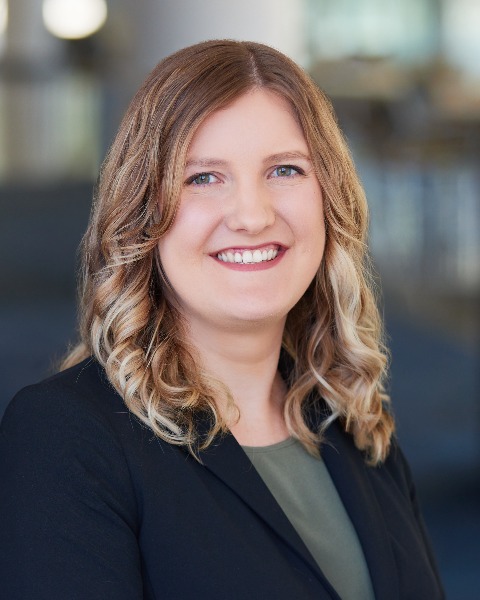The Feasibility of Noninvasive Intracranial Pressure Monitoring with Pupillometry for Patients with Traumatic Brain Injury in Uganda
Friday, April 21, 2023

Has Audio

Zoey Petitt, MS (she/her/hers)
Medical Student
Duke University School of Medicine
Durham, North Carolina, United States
ePoster Presenter(s)
Introduction: Traumatic brain injury (TBI) accounts for the majority of Uganda’s neurosurgical disease burden, but invasive intracranial pressure (ICP) monitoring is infrequently used and alternative techniques don't exist. Noninvasive monitoring could change the care of TBI patients in such a setting through quick assessment of ICP. Pupillometry is a noninvasive method of examining the pupil light response that relies on a handheld pupillometer. Abnormal values from pupillometry are associated with elevated ICP, suggesting that pupillometry could be used for ICP monitoring. Given the novelty of noninvasive monitoring in Uganda, we sought to assess the feasibility of pupillometry for noninvasive ICP monitoring for TBI patients.
Methods: We recruited healthcare workers who care for TBI patients at Mulago National Referral Hospital in Kampala, Uganda. Participants received education on pupillometry, practiced using the device on healthy volunteers, and completed interviews focused on pupillometry and its potential implementation. Qualitative analysis of the interviews assessed the acceptability and feasibility of pupillometry.
Results: Twenty-two providers, including neurosurgeons, residents, nurses, and laboratory technicians, completed forty-one interviews. Over half of participants expressed a positive opinion of pupillometry, with participants describing how pupillometry would help providers perform the pupil exam, detect elevated ICP, and make treatment decisions. However, participants did report concerns, such as the cost, durability, and maintenance needs of the pupillometer. Participants also discussed potential challenges with using pupillometry, including limited accessibility or availability. Participants suggested offering continued education, providing technical support, and developing use guidelines as strategies to support successful implementation.
Conclusion : Our study suggests that pupillometry would be feasible to use for noninvasive ICP monitoring for TBI patients in Uganda, as long as concerns about the device could be addressed and implementation barriers overcome. These findings will inform future research on implementation of pupillometry for noninvasive ICP monitoring with the goal of improving clinical outcomes.
Methods: We recruited healthcare workers who care for TBI patients at Mulago National Referral Hospital in Kampala, Uganda. Participants received education on pupillometry, practiced using the device on healthy volunteers, and completed interviews focused on pupillometry and its potential implementation. Qualitative analysis of the interviews assessed the acceptability and feasibility of pupillometry.
Results: Twenty-two providers, including neurosurgeons, residents, nurses, and laboratory technicians, completed forty-one interviews. Over half of participants expressed a positive opinion of pupillometry, with participants describing how pupillometry would help providers perform the pupil exam, detect elevated ICP, and make treatment decisions. However, participants did report concerns, such as the cost, durability, and maintenance needs of the pupillometer. Participants also discussed potential challenges with using pupillometry, including limited accessibility or availability. Participants suggested offering continued education, providing technical support, and developing use guidelines as strategies to support successful implementation.
Conclusion : Our study suggests that pupillometry would be feasible to use for noninvasive ICP monitoring for TBI patients in Uganda, as long as concerns about the device could be addressed and implementation barriers overcome. These findings will inform future research on implementation of pupillometry for noninvasive ICP monitoring with the goal of improving clinical outcomes.
